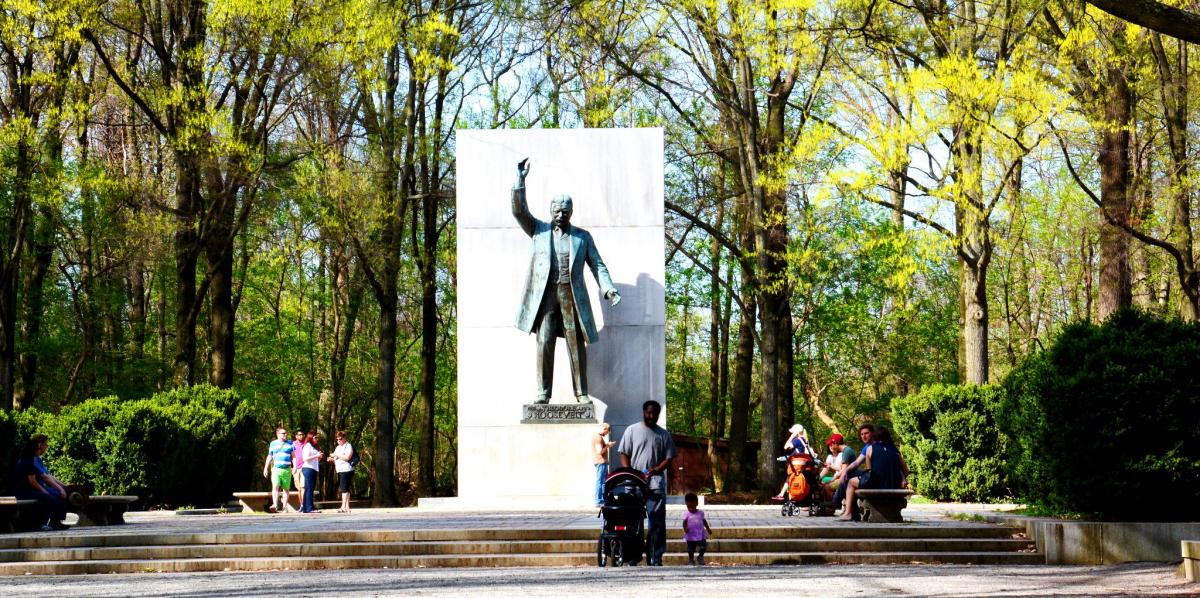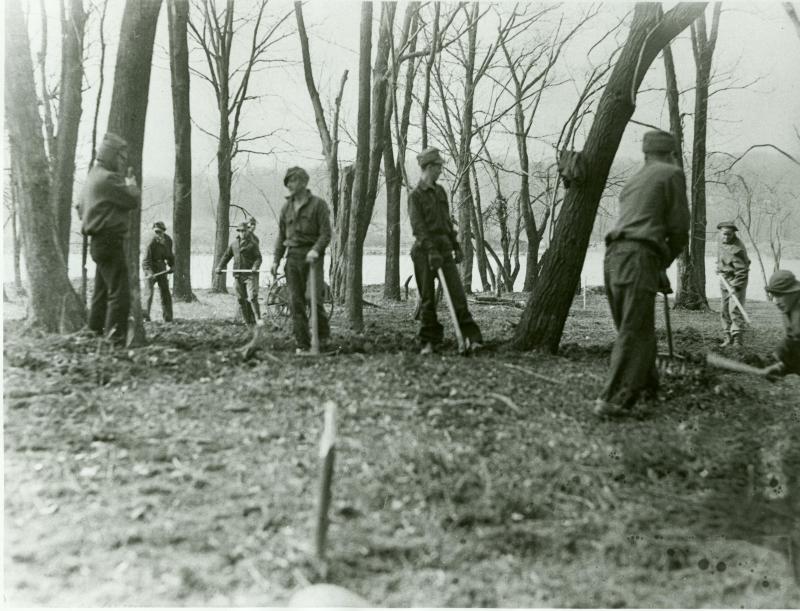
Photo Credit: Ted on Flickr
While The Corps Network’s 2nd Annual Day of Service will begin on Friday at the Franklin D. Roosevelt Memorial, a service project to remove invasive plants will take place at an important National Park Service site named for one of the other famous Roosevelts: Theodore.
Sometimes referred to as the conservation president, Theodore Roosevelt left behind a massive legacy as a conservationist. According to the National Park Service, “after he became President in 1901, Roosevelt used his authority to protect wildlife and public lands by creating the U.S. Forest Service and establishing 51 Federal Bird Reservations, 4 National Game Preserves, 150 National Forests, 5 National Parks, and enabling the 1906 American Antiquities Act which he used to proclaim 18 National Monuments. During his presidency,Theodore Roosevelt protected approximately 230,000,000 acres of public land.”
Located just outside of Washington DC, Theodore Roosevelt Island and the memorials on it serve to honor Theodore Roosevelt’s passion for the outdoors and desire to protect nature (there is also a national park in North Dakota that honors his legacy). Before the Island was in his name, it was originally called Mason’s Island and had quite a vast amount of vegetation for the small size, which was about 90 acres. In the 1930’s, the Theodore Roosevelt Administration asked architects to transform it from neglected and overgrown farmland to mimic the original natural forest that was probably on the island (see proposed designs here).
 After selecting a design made by the famous landscape architect Frederick Law Olmsted, the Civilian Conservation Corps (shown right) implemented the plan. Today the island has miles of trails through wooded uplands and swampy floors. Near the center of the island, where all the trails interconnect, there is a 17 foot tall statue of Roosevelt with pillars with quotes from Roosevelt about nature and conservation.
After selecting a design made by the famous landscape architect Frederick Law Olmsted, the Civilian Conservation Corps (shown right) implemented the plan. Today the island has miles of trails through wooded uplands and swampy floors. Near the center of the island, where all the trails interconnect, there is a 17 foot tall statue of Roosevelt with pillars with quotes from Roosevelt about nature and conservation.
Unfortunately, Theodore Roosevelt Island now has an abundance of non-native plants. The service project that participants will complete on Friday will help address this problem and keep Theodore Roosevelt’s island memorial intact in line with the original work done by the CCC. You can learn more about Theodore Roosevelt Island on the National Park Service’s website.





































































